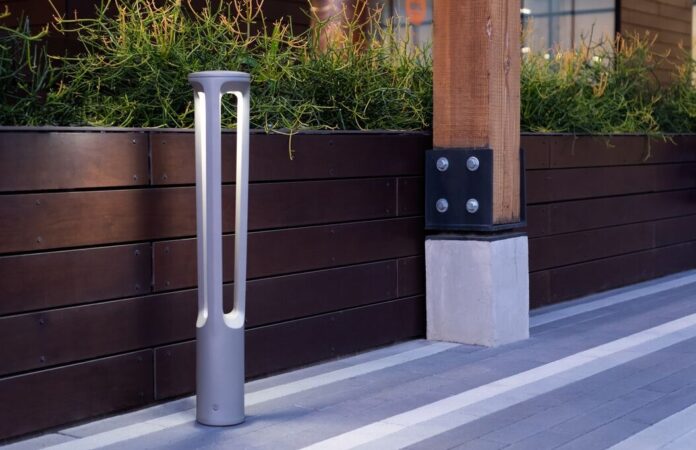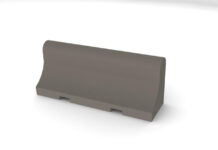As cities continue to grow and change, urban planners and engineers face the ongoing challenge of managing the complex interplay between easy access, security, and the aesthetic appeal of public spaces.
Traditional urban settings have long relied on fixed physical structures to control vehicle access in pedestrian areas, around buildings, and near sensitive landmarks. Concrete barriers, metal gates, and static bollards have been the standard bearers, offering a clear delineation between spaces intended for different uses.
However, these static measures are not without their downsides; they can impede the flow of traffic, limit accessibility for emergency response teams, and detract from the visual harmony of their surroundings.
The integration of functionality and form is becoming ever more important as cities aim to become not only safer but also more inviting to their inhabitants and visitors.
In response to these limitations, a new and improved access control measure is making its mark: the smart collapsible bollard.
These sophisticated devices offer the best of both worlds by providing robust security while maintaining the flexibility needed for dynamic urban environments.
Unlike their permanent counterparts, smart collapsible bollards can be lowered or raised on demand, either manually or through automated systems integrated with city management protocols.
The “smart” aspect comes into play with the ability to connect these bollards to sensors, control centers, or even smartphone applications, enabling real-time control based on specific needs or circumstances.
This innovation not only enhances the safety and functionality of public spaces but also preserves their aesthetic integrity, as the bollards can be retracted when not in use, leaving the view unobstructed and visually pleasing.
The Need for Advanced Access Control in Modern Cities

As modern cities continue to progress, the need for advanced access control becomes increasingly important to ensure safety and accessibility. Urban planning must prioritize methodologies that protect pedestrians and streamline traffic without compromising emergency responses or the daily flow of urban life.
The challenges of current access control methods, such as fixed bollards, are complex. They offer a permanent solution to restrict vehicle entry, but their rigidity can become a hindrance during times when access is needed, such as for emergency vehicles or maintenance tasks.
What’s more, these static installations often don’t adapt well to the changing dynamics of a cityscape, leading to potential safety risks and accessibility issues.
On that account, there’s a pressing need for adaptable and intelligent access control solutions that can respond to the complexities of urban living while maintaining a secure and functional environment.
Smart Collapsible Bollards Explained
Smart collapsible bollards are a cutting-edge advancement in the field of traffic management and security solutions. These bollards, engineered with sophistication, are designed to control vehicle access with a deft combination of sturdiness and flexibility.
They work by rising up to restrict passage or collapsing flush into the ground, often at the touch of a button or through remote-controlled mechanisms.
The development of smart bollards has been driven by technological innovations such as hydraulic systems, sensors, and robust materials that can withstand high-impact forces.
These cleverly designed structures offer several key features, including quick deployment, seamless integration with traffic control systems, and minimal maintenance.
Unlike conventional static posts, smart collapsible bollards provide an adaptable solution that doesn’t impede pedestrian flow or the aesthetic appeal of the environment when not in use.
Integration with City Infrastructure
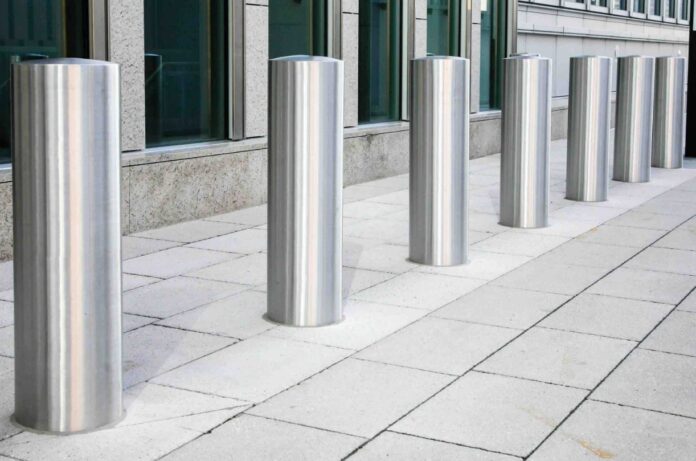
The incorporation of smart bollards into a city’s infrastructure is an innovation that stands on the cutting edge of urban management and security.
These intelligent devices, equipped with internet of things (IoT) technology, are more than just physical barriers; they’re part of a larger, interconnected network that can manage traffic, enhance public safety, and provide data-driven insights to authorities.
Such smart city concepts empower these bollards to interact with other urban elements, optimizing their functionality to adapt in real-time to different scenarios.
Whether it’s controlling the flow of pedestrians in bustling districts or providing emergency vehicle access during key situations, smart bollards are a testament to how cities are smartly advancing to become more integrated, responsive, and attuned to the daily rhythms of urban life.
Through IoT, these installations aren’t just static installations but dynamic tools that redefine our interaction with the urban environment..
Boosting Security and Adaptability
Smart collapsible bollards are proving to be a groundbreaking asset for improving the safety of pedestrians and vehicles in various urban settings. These innovative mechanisms act as a robust obstacle when required, retracting when their purpose has been fulfilled.
They provide a smart approach for controlling traffic and area entry, establishing a deterrent for unauthorized incursions or careless drivers while maintaining speedy access for important services and approved individuals in urgent scenarios.
Countless occasions have demonstrated how smart collapsible bollards have effectively reorganized disorderly streets.
For instance, during major communal gatherings, these bollards have contributed to the creation of temporary pedestrian precincts, safeguarding participants while preserving a regulated flow of vehicle transit.
In busy trading districts, adding collapsible bollards has been key in managing entry at times of high congestion, facilitating the uninterrupted conduct of pedestrian and vehicle movement.
Design and Sustainability: Smart Collapsible Bollards in Modern Cities
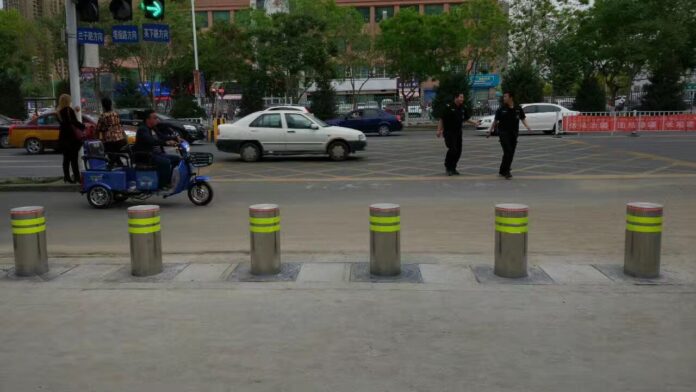
When incorporating smart collapsible bollards into urban design, these elements serve both a practical role in managing traffic and bolstering safety, and they also add to the city’s visual charm.
The streamlined design of up-to-date bollards can enhance urban environments, providing a modern appearance that fits effortlessly with different architectural styles. These bollards are available in diverse models and finishes, permitting city planners to select variations that improve the aesthetic allure of urban vistas.
Their capacity to fold discreetly ensures the preservation of the attractiveness of communal areas while fulfilling their functional objective.
From an ecological perspective, the employment of smart collapsible bollards is commendable. Typically made from strong materials with the capability to be recycled, they reduce their impact on nature.
Since they can be withdrawn when unnecessary, they help decrease the volume of materials needed compared to stationary obstacles.
Their clever design often includes features that conserve energy, for instance, solar-charged LED lights, which lessens the dependence on finite energy sources and contributes to a decrease in pollutant emissions.
Conclusion
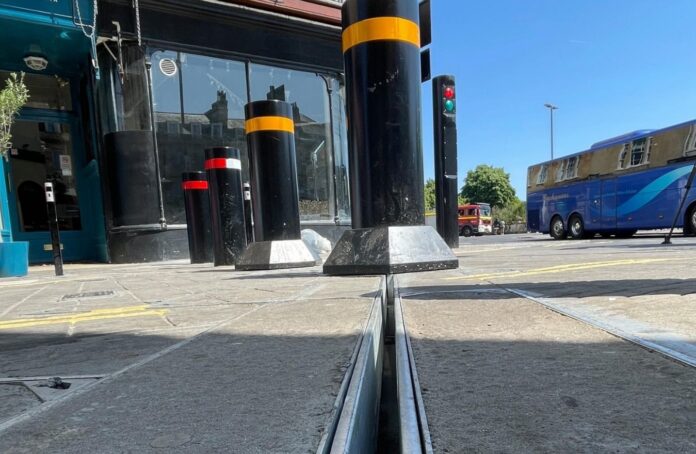
As we consider the trajectory of urban development, the integration of smart collapsible bollards has proven to be a major innovation in urban planning.
These systems provide a flexible solution to control vehicle access in city spaces, offering both security and convenience.
Looking ahead, potential developments in this technology suggest an increase in adoption trends as more cities seek to enhance their infrastructure for improved safety and urban mobility.

